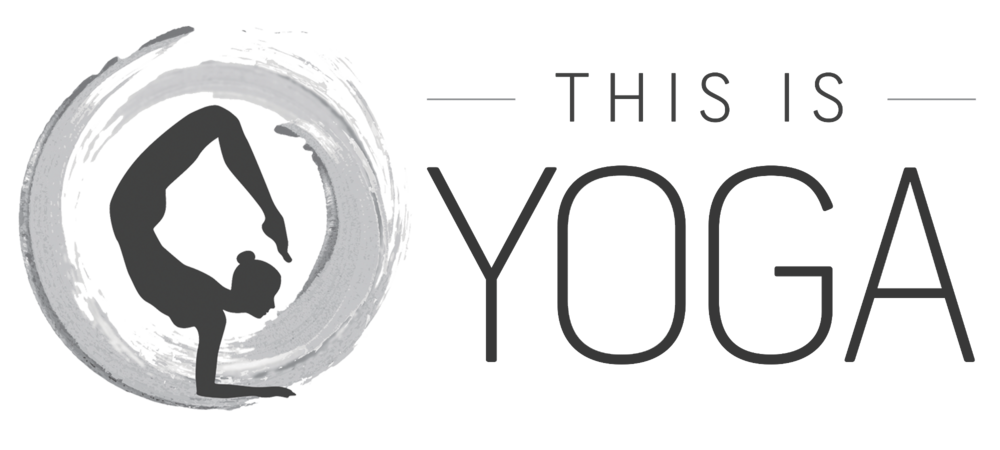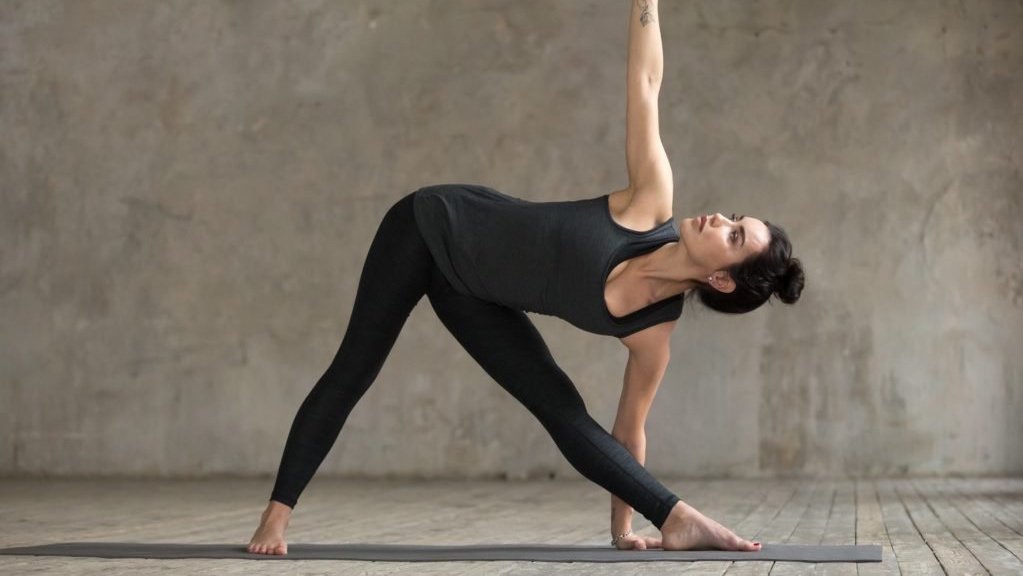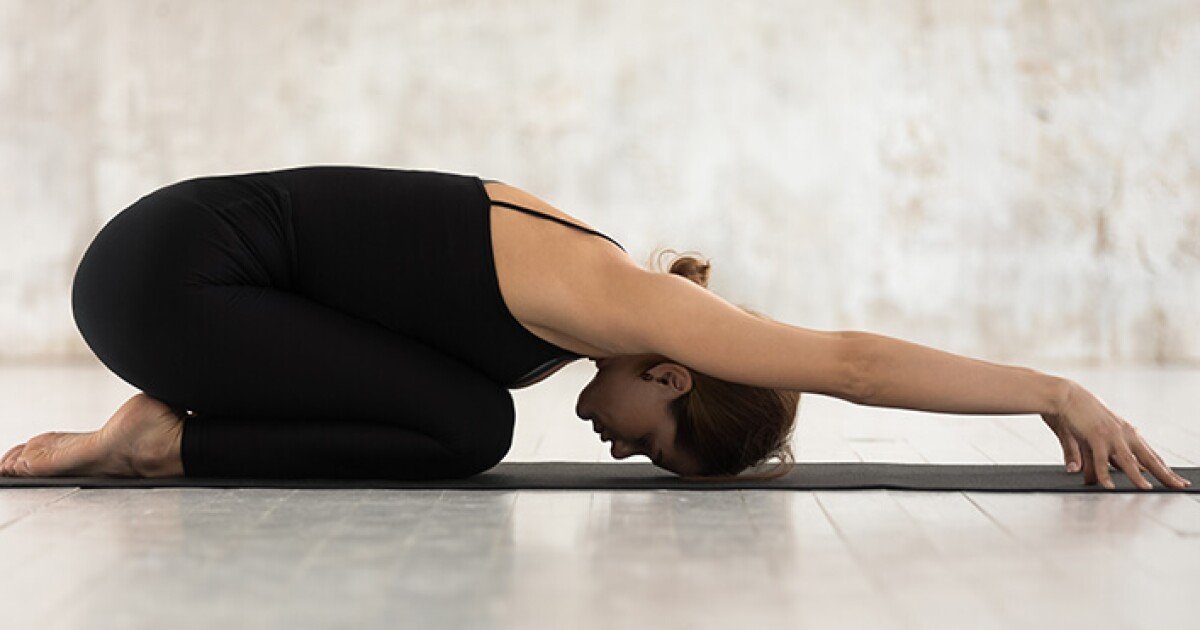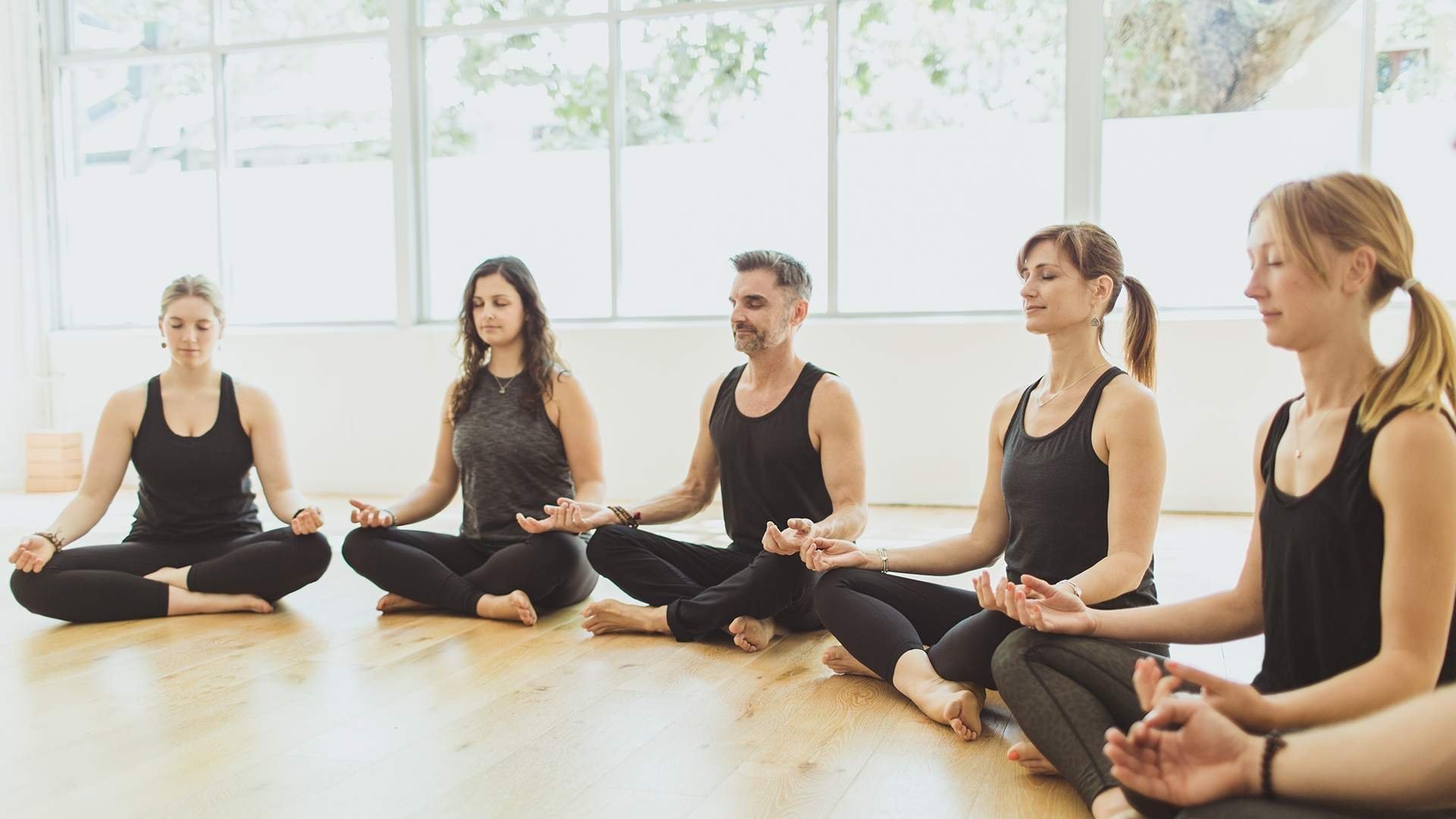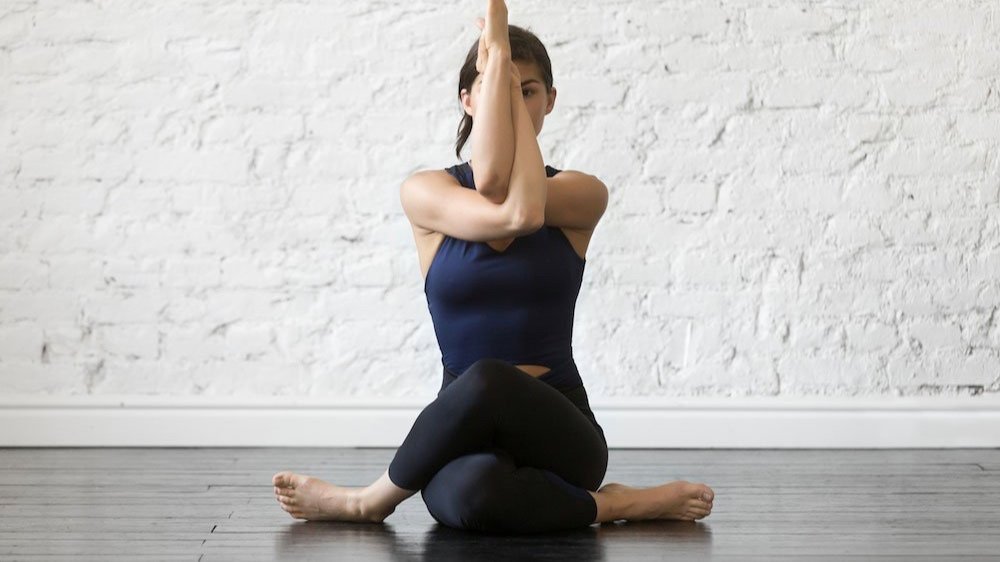Yoga gently but firmly pushes me out of my self-constructed limitations and beliefs. Although part of me feels like I am a seasoned yogini, another part of me is aware of the wealth of information on the subject. It would take a thousand lifetimes to acquire such vast knowledge.
When you’ve been doing yoga for a while it’s common to get to this point when you feel you want to take your practice further. You sense that you are just scratching the surface of what yoga truly is and are eager to go deeper. Or perhaps you feel like you have hit a plateau and want to make changes.
When I am stuck, complacent and stagnant, yoga helps me notice and acknowledge. It usually starts somewhere in my life: at work, with my partner, or in my hobbies. Soon enough it shows up on my yoga mat. I start to get bored of whatever sadhana (personal daily spiritual practice) I am doing and create excuses to skip or shorten my practice. I develop a sense of I am “not good at it” and tell myself I am not making any progress. I may even feel like giving up.
Gratefully, I journal. In doing so I identify these patterns, recognize them, and take action to halt the downward spiral.
I have developed steps to emerge from this stagnation, rediscover myself, and evolve and deepen my yoga practice.
Below are my suggestions – in no particular order – for developing your practice. Consider that you may find one step serves you, while another does not and that the effects can be cumulative.
1. Set clear intentions
The most powerful step I can take when I am ready to revamp and rediscover my yoga practice is to know the why. Knowing why-you-do-what-you-do will benefit you on those days when you wonder why the hell you embarked on such a journey in the first place. A reassessment of your intentions helps when you start slacking off, or worse, consider giving up.
So, know why you practice. Do you do it for your physical well-being? Is it about creating balance in your life through asana and meditation? Do you practice to connect to your own spirituality and to the God of your own understanding? Whatever your reasons may be, make them clear; write them down, read them often.
2. Explore different styles of yoga
When it comes to physical yoga (or yoga asana) in the Western World, Hatha yoga is probably the most mainstream of them all. However, Hatha yoga is just one of many styles of yoga asana. I believe it is worth exploring the variety of practices, as each discipline has its own benefits and limitations. You may find that one style fits your lifestyle or worldview, while another may feel completely disconnected. Nevertheless, trying different approaches will give you new perspectives and insights into your practice.
So, take time to explore different yoga styles. There’s Yin Yoga, Ashtanga, Iyengar, Jivamukti, Restorative, Vinyasa, and many more.
3. Learn about all 8 limbs of yoga
In my first yoga teacher training, it was eye-opening to learn that yoga is not simply about the physical postures. According to Patanjali, yoga Asana is only one of the eight limbs of yoga. The others being:
Yamas (external disciplines)
Niyamas (internal disciplines)
Asana (physical postures)
Pranayama (breath control or techniques)
Pratyahara (withdrawal of the senses)
Dharana (focus, concentration)
Dhyana (meditation)
Samadhi (union, integration, bliss)
Although playing with advanced yoga poses can be fun, studying the limbs helped me realize that practicing asana is simply a gateway to a deeper, more fulfilling practice that encompasses body, mind and soul.
On the days I may be physically unable to move my body (lack of time, illness, etc.), I can continue to practice and engage in yoga without ever getting in a yoga pose. It doesn’t make you less of a yogi or yogini.
The eight limbs are a profound and enlightening path of growth and I would highly-recommend exploring them.
4. Find teachers that you connect with
Finding teachers that inspire and keep me coming back to the mat makes a huge difference in my practice. Even as a teacher myself, I often pull out my mat and wonder what the heck I should do. Oftentimes I will sit, breathe, listen to my body, and move from a place of exploration and freedom. But I can also get very lazy, do the bare minimum, and call it a day.
I come to my mat refreshed when I have teachers I enjoy. They encourage growth and exploration that might be inaccessible on my own.
Take the time to look around for a teacher you love, whether you like to practice in a studio or online. Make a list of your favourite teachers (hopefully in a variety of styles) and commit to periodically taking their classes. When you find someone you truly connect with, your practice will grow, and your chances of sticking with it will improve!
5. Commit to your practice
Be realistic! Sometimes I get overly excited when creating my weekly, monthly, or seasonal timetable. I’ll schedule a routine of daily hour-long morning and evening practices. As phenomenal and beneficial as this could be, it is probably not realistic. An unattainable schedule leads to feelings of failure. I sometimes forget that life happens.
I recommend a sustainable, stress-free commitment to practicing. What length of time can you really commit to regularly? As mentioned before, yoga has cumulative effects. A 20-minute daily session coupled with 5 minutes of meditation before bed is more beneficial than a 90-minute class once a week. To really commit to your practice, it’s key to intentionally commit to a routine that you’re able to stick to as much as possible.
6. Create a sacred space
It’s important to set up a space that is yours and designated for your yoga practice, whether you live in a tiny house, a flat, or a large home. Again, it is easy to get caught up and think that you’ll redo your office into a yoga room. But try to be practical. If you can renovate, go for it. But remember that you don’t need a big, fancy space. Your yoga space can be in the balcony, right next to your bed, or in the corner of your living room.
Whatever space you choose, take time to declutter and make it special in your own way. You may want to even create an altar with crystals or flowers. Maybe even put some plants around your mat.
Create a space designated for your practice that you’ll want to show up to. If possible, leave your mat unrolled on the floor. I find that I am more likely to do the yoga if all I must do is step onto my mat.
Remember, the more you show up, the more your practice will evolve.
7. Develop community
Yoga means to yoke, to come together, with oneself, others, and the Universe. Get involved in your yoga community in a way that supports others and allows others to support you. Find a local studio, a yoga book club, create your own group to practice together at a park, or join an online community like EkhartYoga and follow a program together.
Find and create community in a way that will support your growth and encourage you to continue your yoga practice. There are many possibilities and the search may involve a bit of trial and error until you find the right energy for you. But it’s out there. And if the right energy isn’t, create it!
8. Give yourself grace
Give yourself grace. I believe that this is the most important tip of all. As you deepen your practice remember that growth isn’t linear. You will find rocks in your path. Sometimes you may not practice, you may get sick and need reinvent how you do yoga. Consider the principle of Vairagya or non-attachment in your practice. Life will happen. You are practicing the true yoga if you remember to breathe, stay present, and remain open to and grateful for life.
You, my friend, have chosen the yogic path. And although finding the path may be difficult, seeking it is certainly worthwhile.
So, keep practicing. Keep growing. Keep living your life with a sense of wonder and gratitude, and the rest will fall into place as it may.
